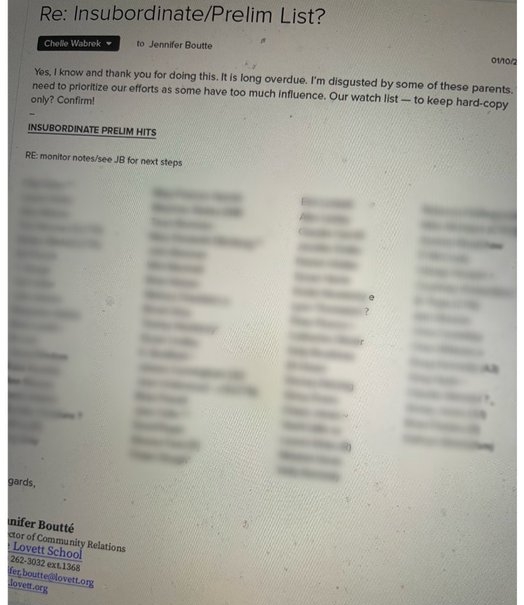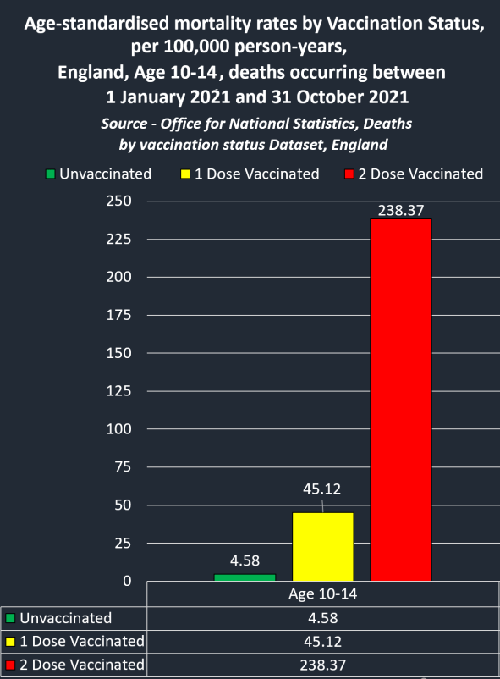The tortoise appears to be dying: NASA today announced that there will be a two-plus year pause of Artemis missions to the lunar surface after it completes its hoped-for first manned Moon landing in 2025.
In presentations at a two-day meeting of the NASA Advisory Council’s Human Exploration and Operations Committee Jan. 18 and 19, agency officials said the Artemis 4 mission, the first after the Artemis 3 mission lands astronauts on the moon, will not attempt a landing itself.
Instead, Artemis 4 will be devoted to assembly of the lunar Gateway. The mission will deliver the I-Hab habitat module, developed by the European Space Agency and the Japanese space agency JAXA, to the Gateway. It will be docked with the first Gateway elements, the Power and Propulsion Element and Habitation and Logistics Outpost, which will launch together on a Falcon Heavy in late 2024 and spend a year spiraling out to the near-rectilinear halo orbit around the moon.
Essentially, the Biden administration appears to be switching back to NASA’s original plans, to require use of the Lunar Gateway station for any future lunar exploration, thus delaying that exploration considerably. Do not expect any of this schedule to take place as promised. The 2025 lunar landing will be delayed, as will all subsequent SLS launches for Artemis. The rocket is simply too complicated and cumbersome to even maintain one launch per year, while inserting Gateway into the mix only slows down lunar exploration even more.
NASA officials also revealed that they are limiting their lunar landing Starship contract with SpaceX to only that single planned ’25 Moon mission. For future manned missions to the Moon the agency will request new bids from the entire industry.
NASA’s Human Landing System (HLS) Option A award to SpaceX last year covers only development of a lander and a single crewed flight on Artemis 3. NASA will acquire future landings through a separate effort, called Lunar Exploration Transportation Services (LETS). The goal of LETS is to select one, and possibly more, companies to provide “sustainable” landing services.
The timing of LETS — a draft request for proposals is scheduled for release this spring — means there will be a gap of a couple years before the first landing service acquired through that program would be ready. “It’ll be about two years from the Option A award to the LETS award before we’ll have this sustainable lander,” Kirasich said. “It’s a different lander with more aggressive requirements than Option A.”
It appears that Jeff Bezos’ political lobbying efforts have paid off, and that NASA is now reopening bidding so that his consortium, led by Blue Origin, can once again compete for that lunar lander contract. Whether the Bezos’ team will be able to propose anything comparable to Starship is however very questionable.
None of this really hurts SpaceX. Its contract with NASA helps them develop a Starship lunar lander. Then, while NASA twiddles its thumbs building Gateway, it will be free to fly its own lunar missions, selling tickets on the open market. I suspect that — should NASA succeed in landing humans in ’25 — the next American manned landing on the Moon will be a bunch of SpaceX customers, not that second Artemis mission sometime in the late 2020s.
SpaceX of course will also be able to bid on that second lunar landing competition. And it will be hard for NASA not to award Starship a further contract, even if others are competing against it. Starship will be operational. The others will merely be proposed.
















